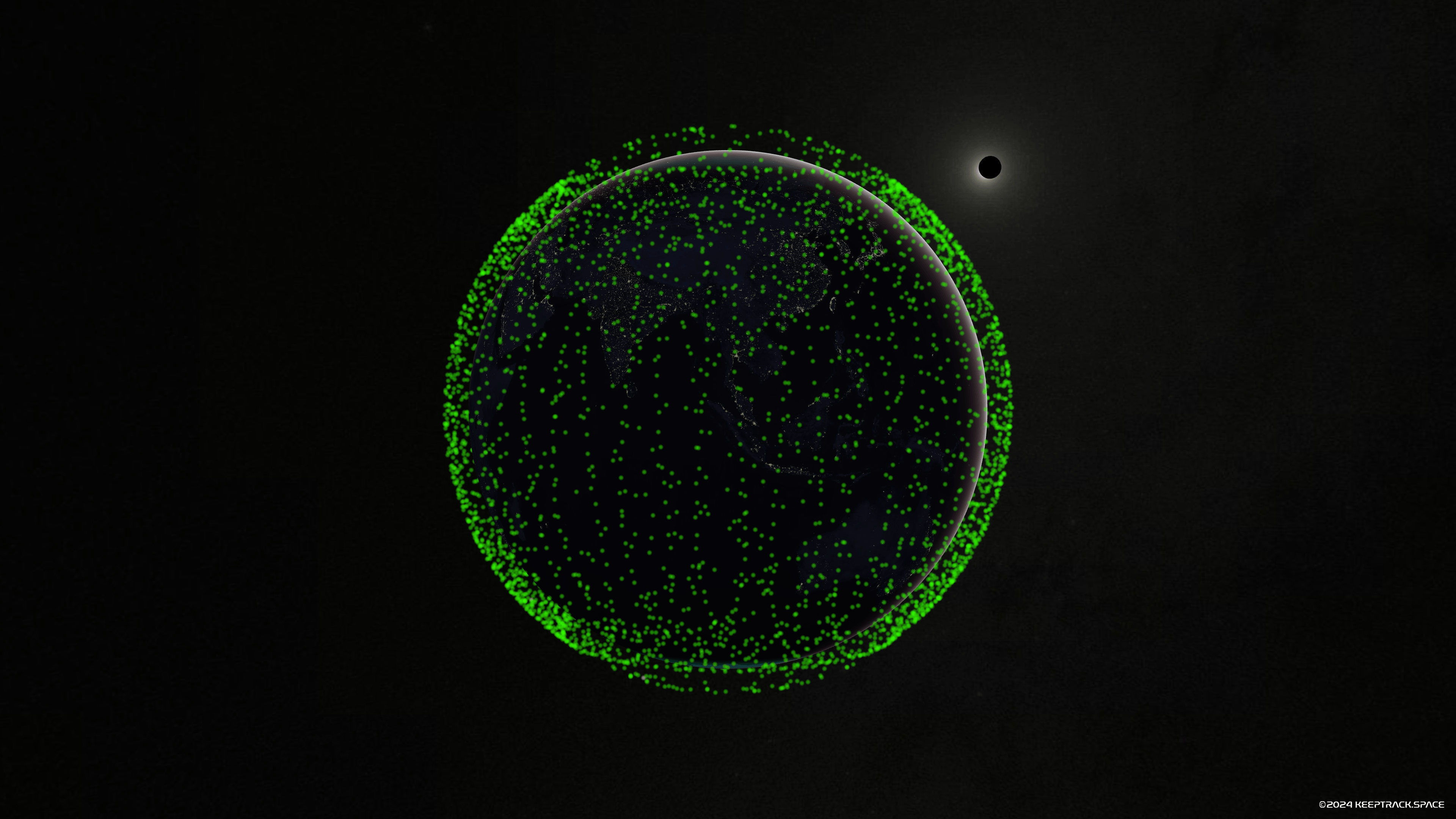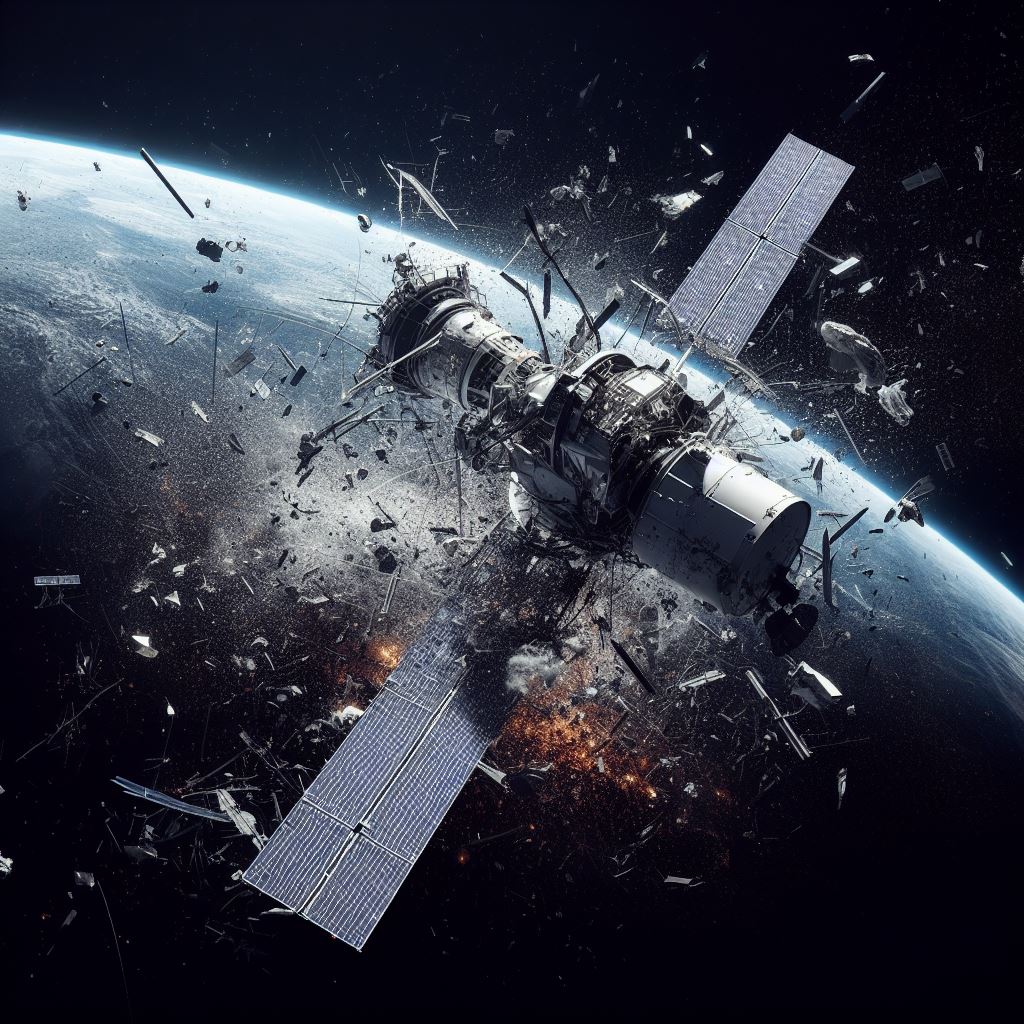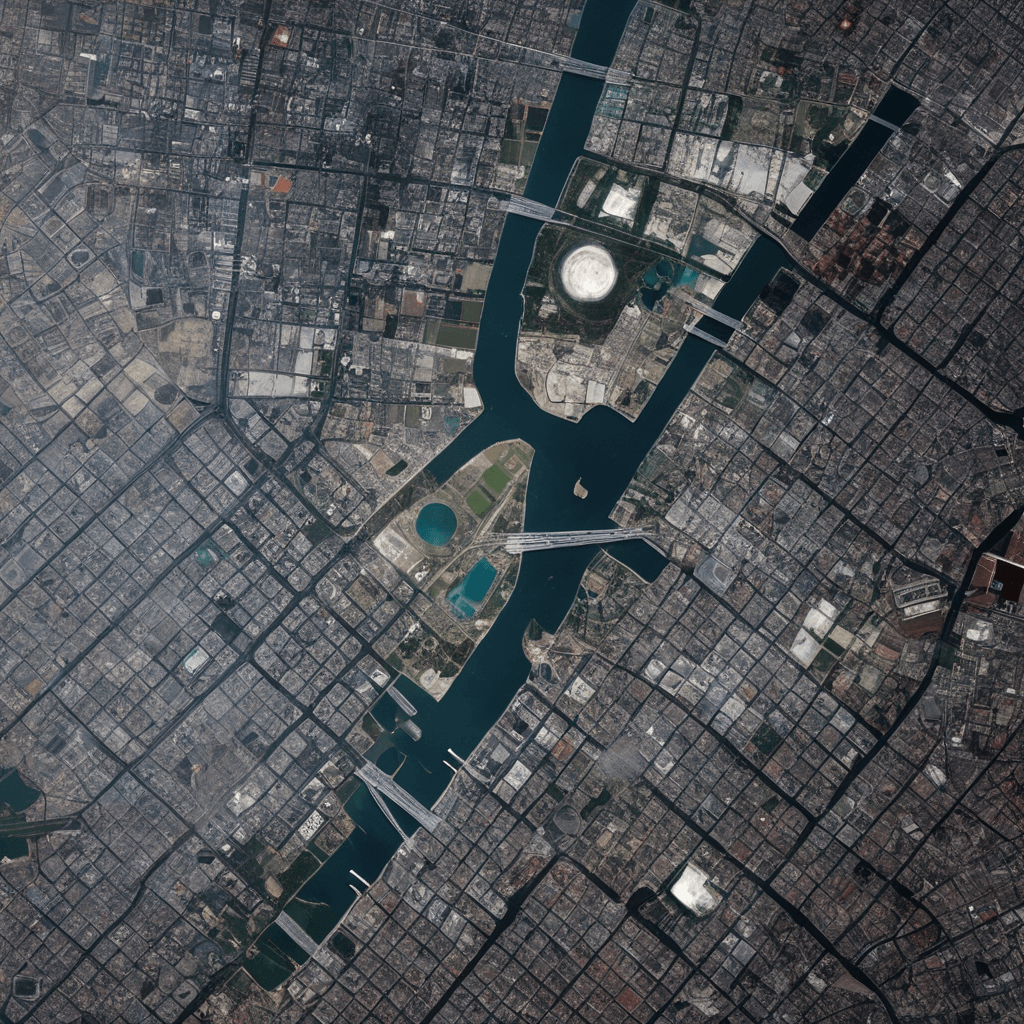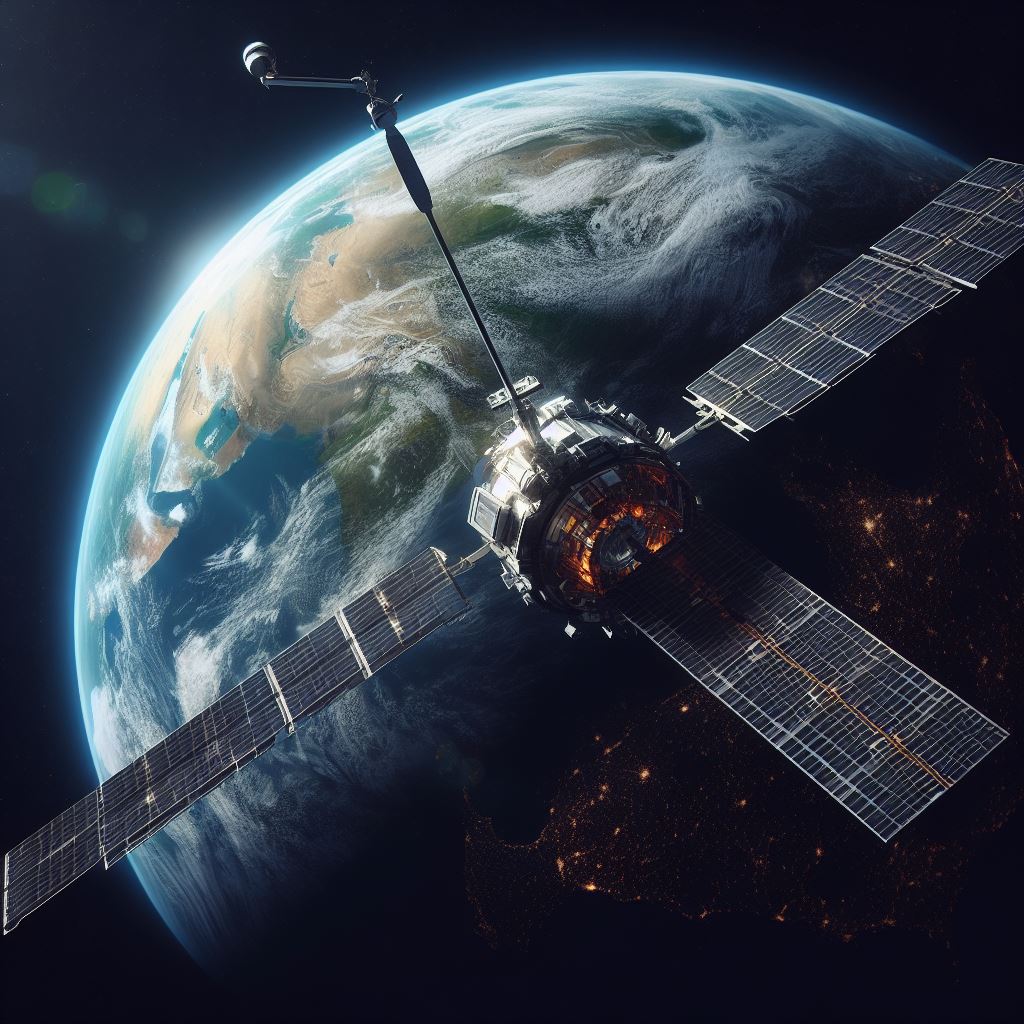· deep dive · 5 min read
The Looming Crisis of Orbital Debris
As humanity increasingly relies on satellites, the escalating space junk problem poses a dire threat to our space-based infrastructure. With debris counts reaching alarming levels, urgent action is needed to prevent a cascade of collisions that could make key orbits unusable.
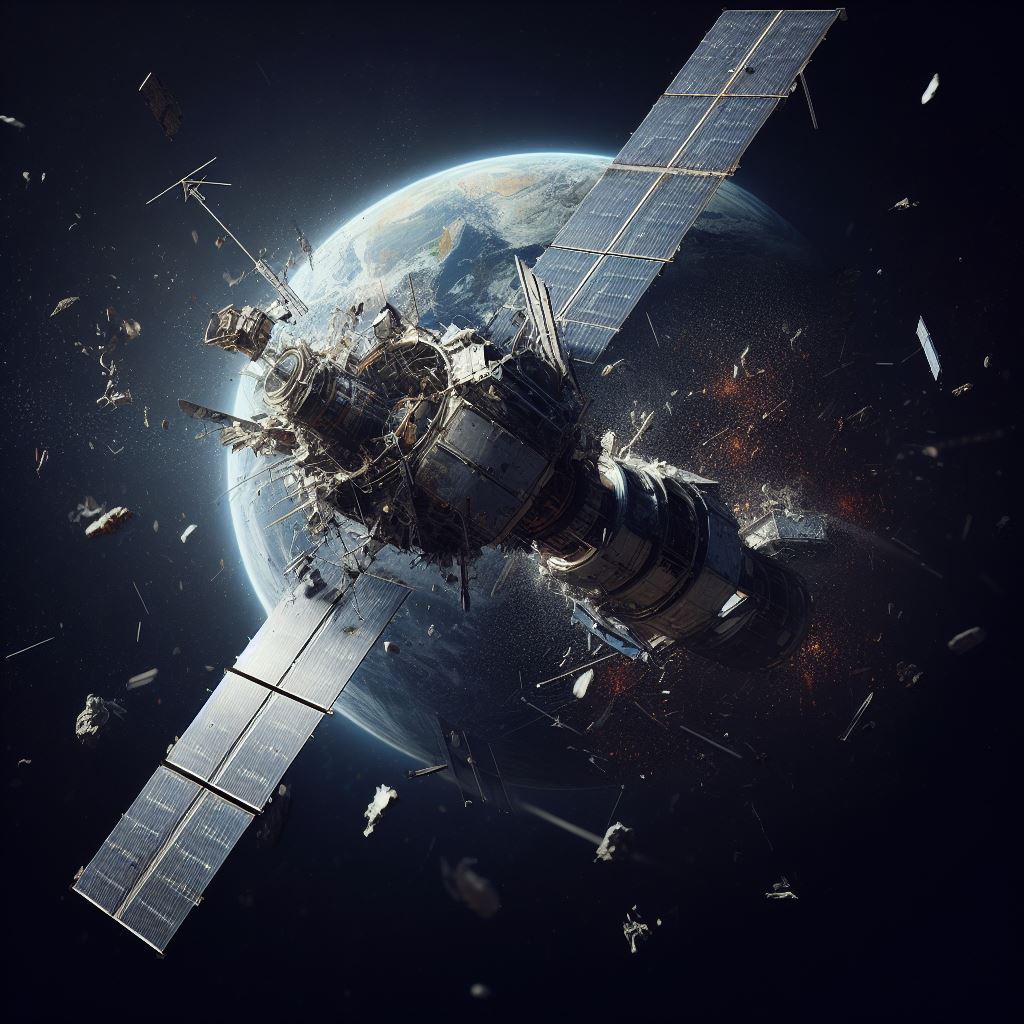
A Growing Minefield in Space
Earth’s orbital highways are becoming increasingly perilous, congested with a swarm of man-made debris. This orbital debris, often called space junk or space waste, encompasses derelict satellites, burnt-out rocket stages, and fragments from explosions and collisions. As of April 2024, the U.S. Space Surveillance Network is actively tracking nearly 16,000 pieces of space junk larger than 10 cm. However, this represents just a fraction of the total debris population.
Estimates suggest there are approximately 900,000 objects between 1 cm and 10 cm in size, and a staggering 128 million pieces smaller than 1 cm. Even debris as minute as a paint chip can cause significant damage, as impacts in orbit occur at velocities exceeding 27,000 km/h. A 1 cm particle striking a satellite at this speed would hit with the force of an exploding hand grenade.
The most concerning debris lies in the low Earth orbit (LEO) region, which extends to 2,000 km above the Earth’s surface. This is the most heavily utilized orbital zone, home to the International Space Station, hundreds of other satellites, and several proposed “mega-constellations” that aim to blanket the Earth in broadband coverage.
The Perils of Runaway Debris Growth
The space junk population is increasing at an alarming rate. Beyond the continual accumulation of debris from routine spacecraft deployments and operations, several catastrophic events have greatly exacerbated the problem:
The 2007 Chinese anti-satellite weapon test, which shattered the Fengyun-1C weather satellite into over 3,000 trackable fragments and countless smaller pieces. The 2009 collision between the operational Iridium 33 satellite and the defunct Russian Kosmos-2251, which spawned a debris cloud of approximately 2,000 trackable objects. The 2021 Russian anti-satellite test that destroyed the Cosmos 1408 satellite, generating at least 1,500 trackable fragments. Each of these events greatly increased the debris density in LEO, elevating the risk of further collisions. This vicious cycle of debris begetting more debris is known as the “Kessler Syndrome,” named after the NASA scientist who first described it in 1978. As the debris population grows, a threshold may be reached where collisions cascade out of control, rendering vital orbital regions unusable for generations.
Disturbingly, some analyses suggest that certain LEO altitudes have already reached a critical debris density. Even if all new launches stopped today, collisions between existing objects will likely increase the debris count over time. This underscores the urgency of not only preventing new debris but also actively removing existing junk.
The Imperative for Active Debris Removal
To halt the debris cascade and preserve near-Earth space for future use, the spacefaring community must shift its focus from merely mitigating new debris creation to actively removing existing junk. This will require a multi-faceted strategy:
- Improved space situational awareness. Enhancing the ability to detect, track, and catalog smaller debris objects to enable more effective collision avoidance.
- Strict post-mission disposal. Enforcing requirements for satellites and upper stages to de-orbit or move to disposal orbits shortly after mission completion.
- Design for demise. Constructing spacecraft to completely burn up during atmospheric re-entry, minimizing debris that reaches the ground.
- Just-in-time collision avoidance. Refining conjunction analyses and developing rapid-response collision avoidance technologies.
- Active debris removal (ADR). Developing and deploying systems to capture and remove debris, particularly large, high-risk objects.
ADR is the most technologically challenging aspect of this strategy. Proposed concepts range from ground-based lasers to nudge debris into lower orbits, to space tugs that would capture debris and drag it into the atmosphere. Other ideas include nets, harpoons, and even glue-like adhesives. However, significant technical hurdles remain, and the economic costs are daunting.
Nonetheless, the cost of inaction could be far higher. A 2020 Aerospace Corporation study estimated that removing just the 20 most massive pieces of debris in LEO could reduce the overall collision risk by 50% over the next century. As the old adage goes, an ounce of prevention is worth a pound of cure.
A Call to Cooperate and Act Now
Addressing the space junk crisis will require an unprecedented level of international collaboration. All spacefaring nations and entities, both public and private, have a shared responsibility to be good stewards of the space environment. This means not only minimizing their own debris creation but also contributing to the global effort to clean up existing junk.
In the short term, improved data sharing and coordination can help avoid collisions. The U.S. Space Fence and commercial offerings like LEOLabs promise to greatly expand our ability to track small debris. Longer-term, a multinational public-private partnership may be needed to fund and execute a sustained debris removal campaign.
The stakes could not be higher. Our modern way of life depends on satellites for communication, navigation, Earth observation, weather forecasting, and much more. By some estimates, the global space economy could reach $1 trillion by 2040. But this promising future is far from assured. If we fail to turn the tide on space junk, we risk a crisis that could cripple our satellite infrastructure and make key orbits unusable for decades.
The decisions we make today will shape the space environment for generations. We have a fleeting window of opportunity to avoid a tragedy of the commons in space. It is a complex challenge, fraught with technical, economic, legal, and political obstacles. But with determined and concerted action, we can keep Earth’s orbits open and safe for responsible use. The clock is ticking, and the time for action is now.
